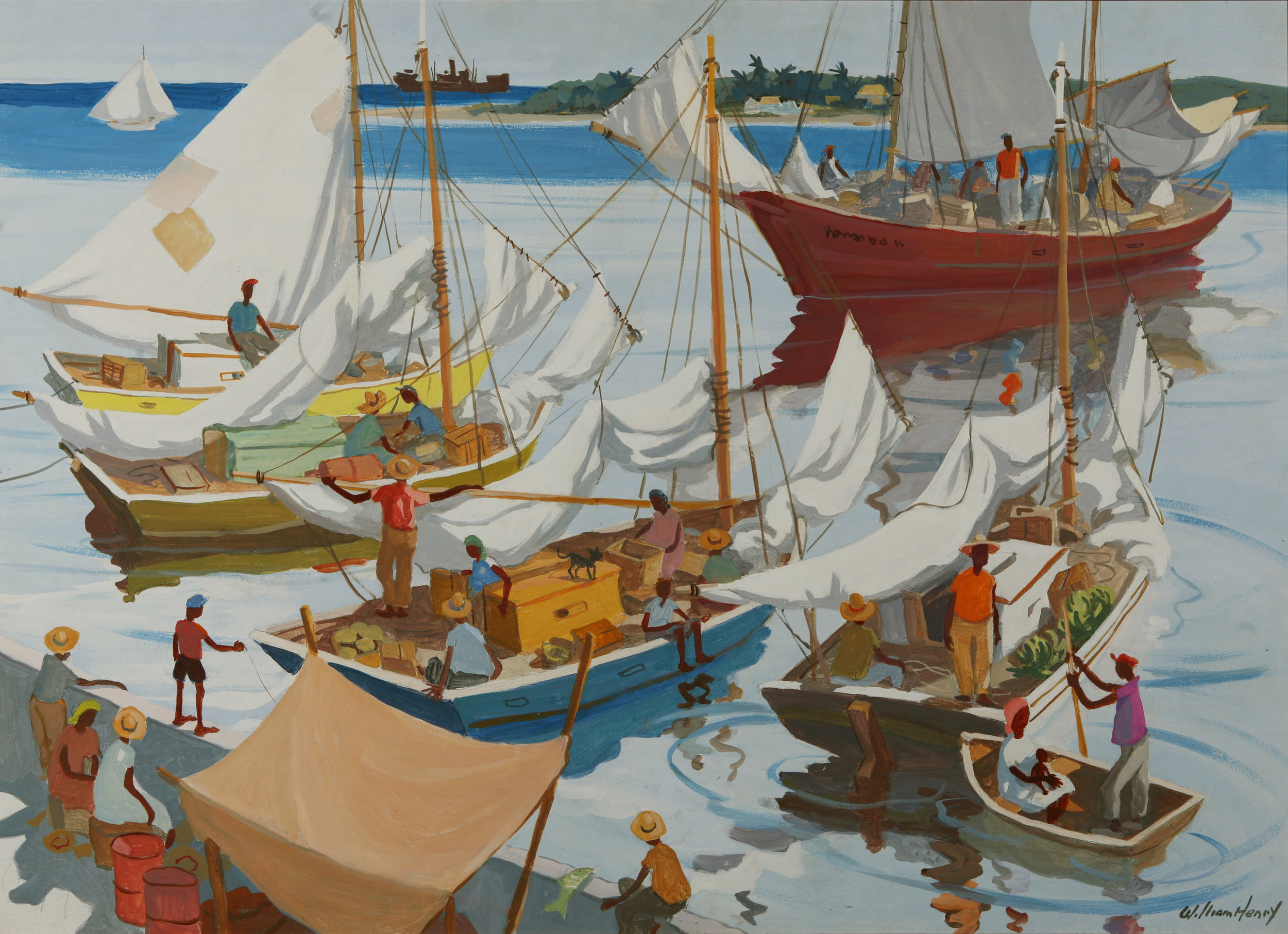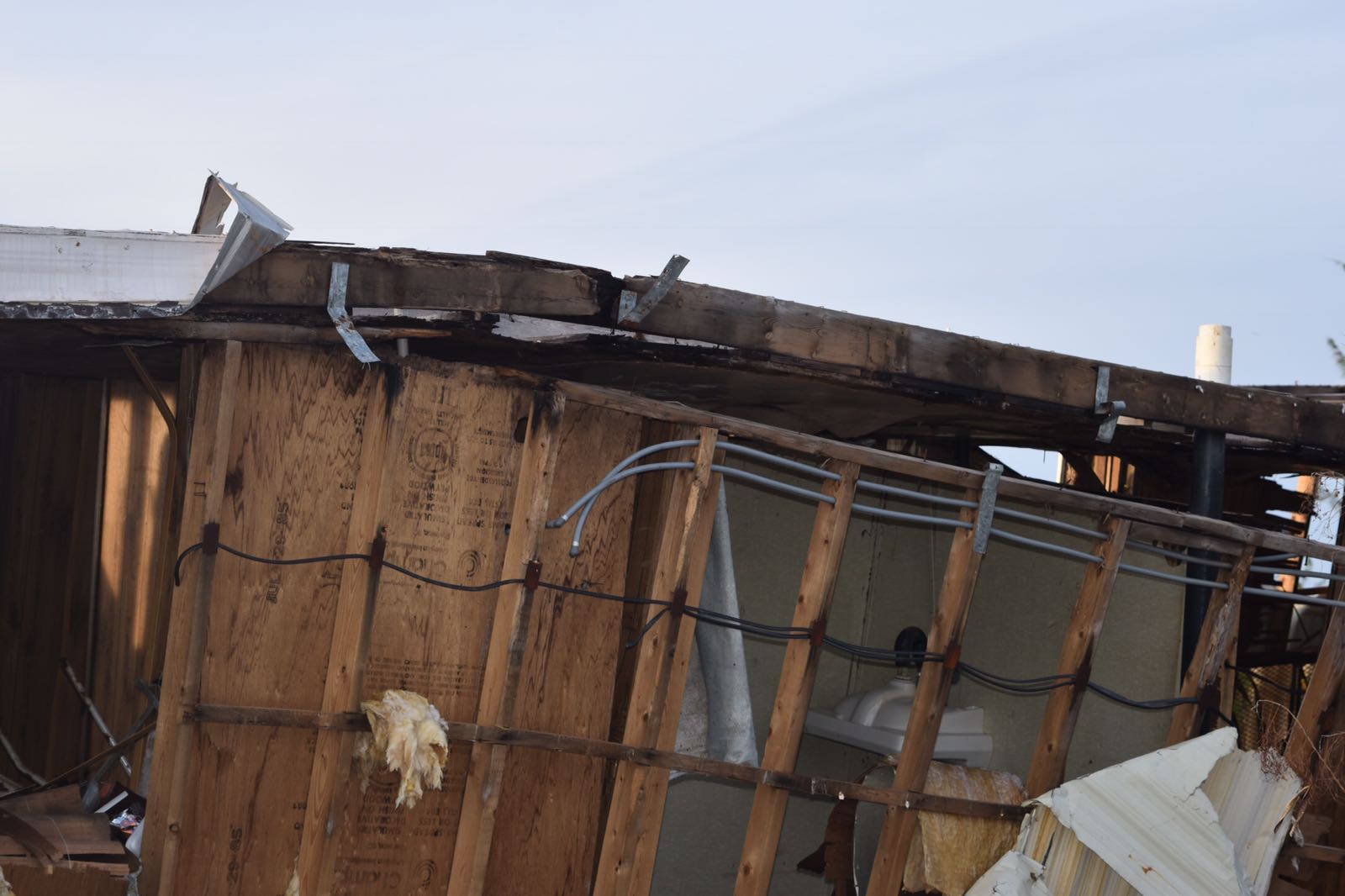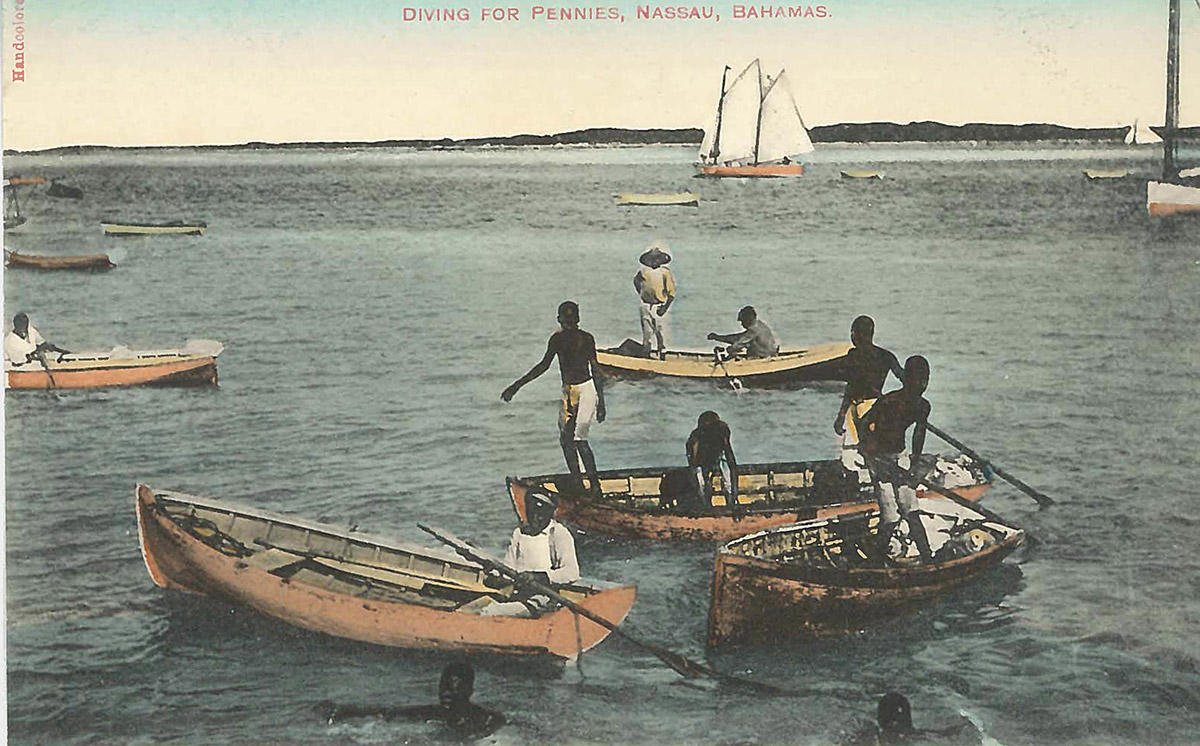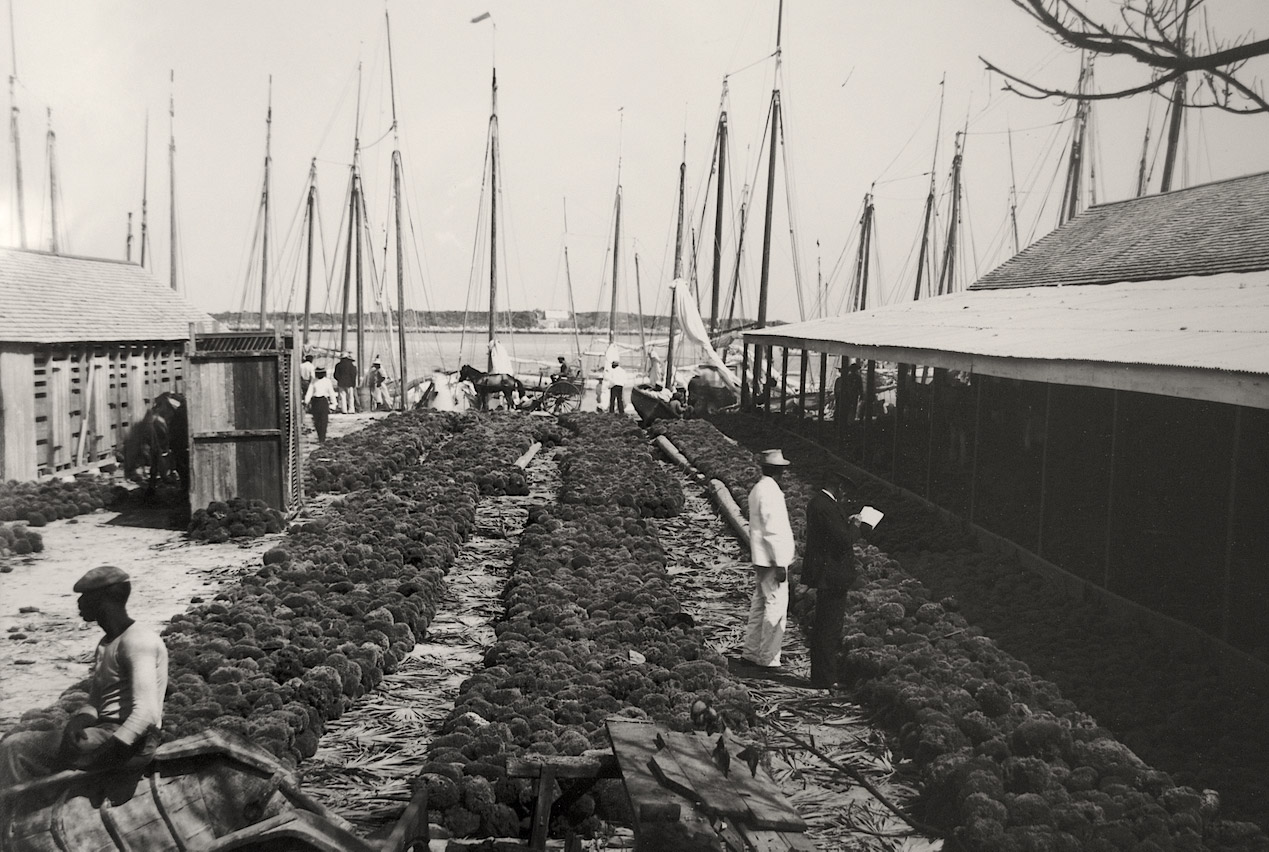Currently browsing: Colonial Topics
“Traversing the Picturesque: For Sentimental Value” – The Colonial Gaze
If an entire population moves, is it still a nation?: Post-Irma and Post-Colonial devastation
‘Slam-Bam’ Sands: ‘The hastily hand-coloured colonial postcards of James “Doc” Sands.’
Colonial desires in the 21st-Century: Using our image purposefully
By Dr. Ian Bethell-Bennett.
Images can create wealth, or they can be used to create ideas of paradise that serve only to silence those who occupy the place of paradise. Can we begin to use new art or contextualized images to tell a story that sells a place to the world that builds local and resident brands instead of disempowering them?
In the late 90s, there was a noted shift to recapturing the image of empire in England and other parts of the world. The new shift was towards nostalgia of a past that was distant but close, a past … Read more





